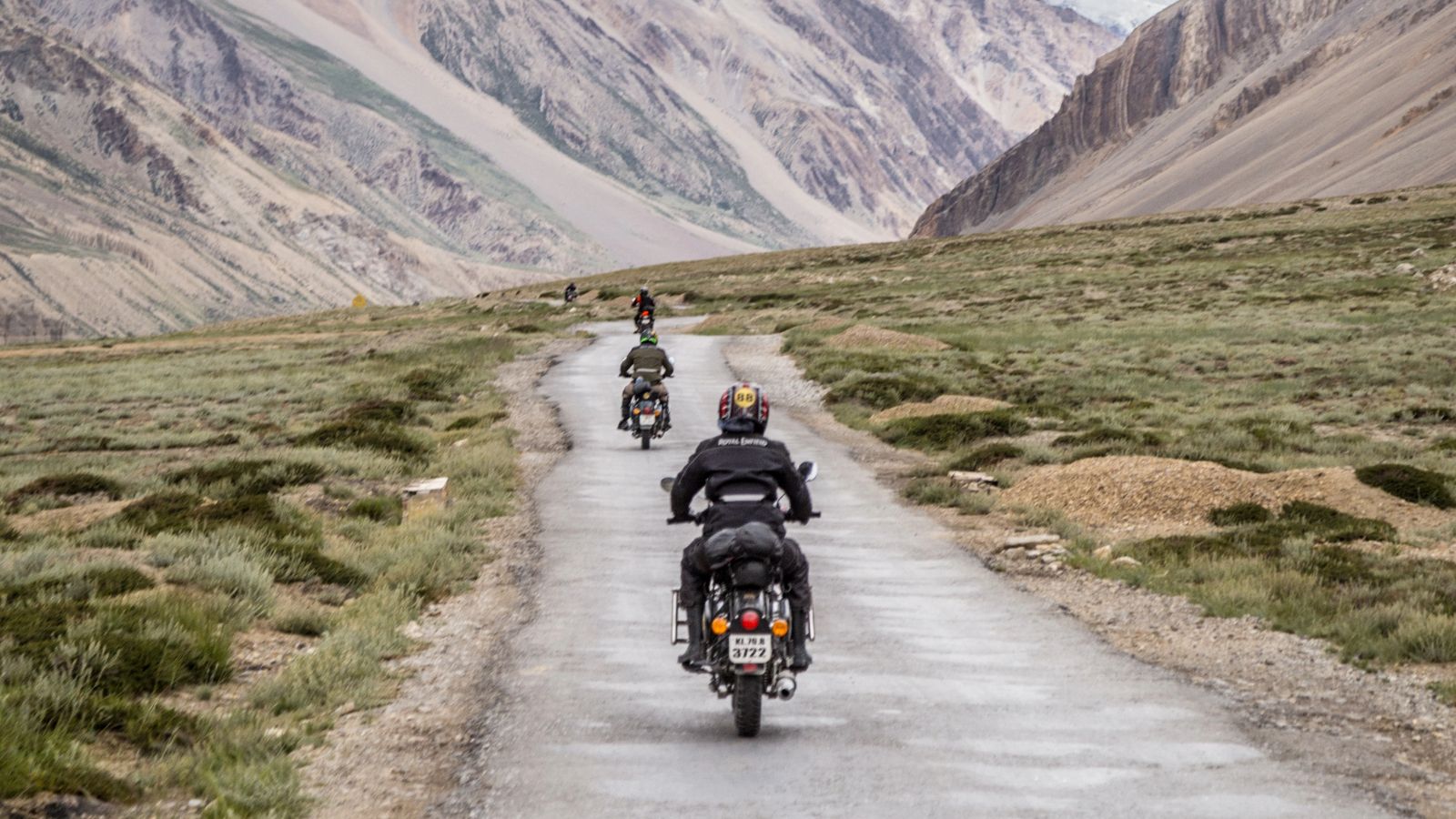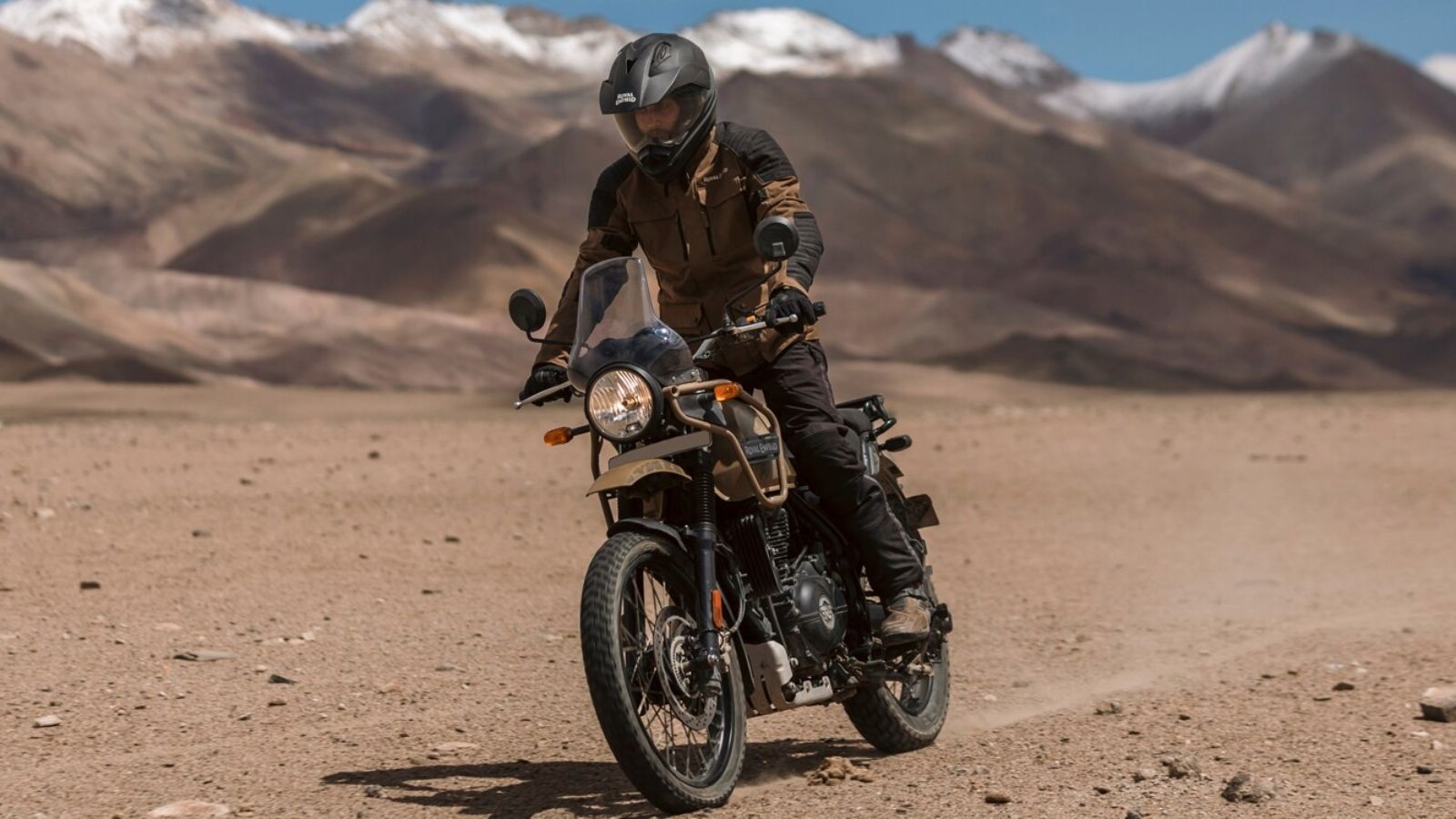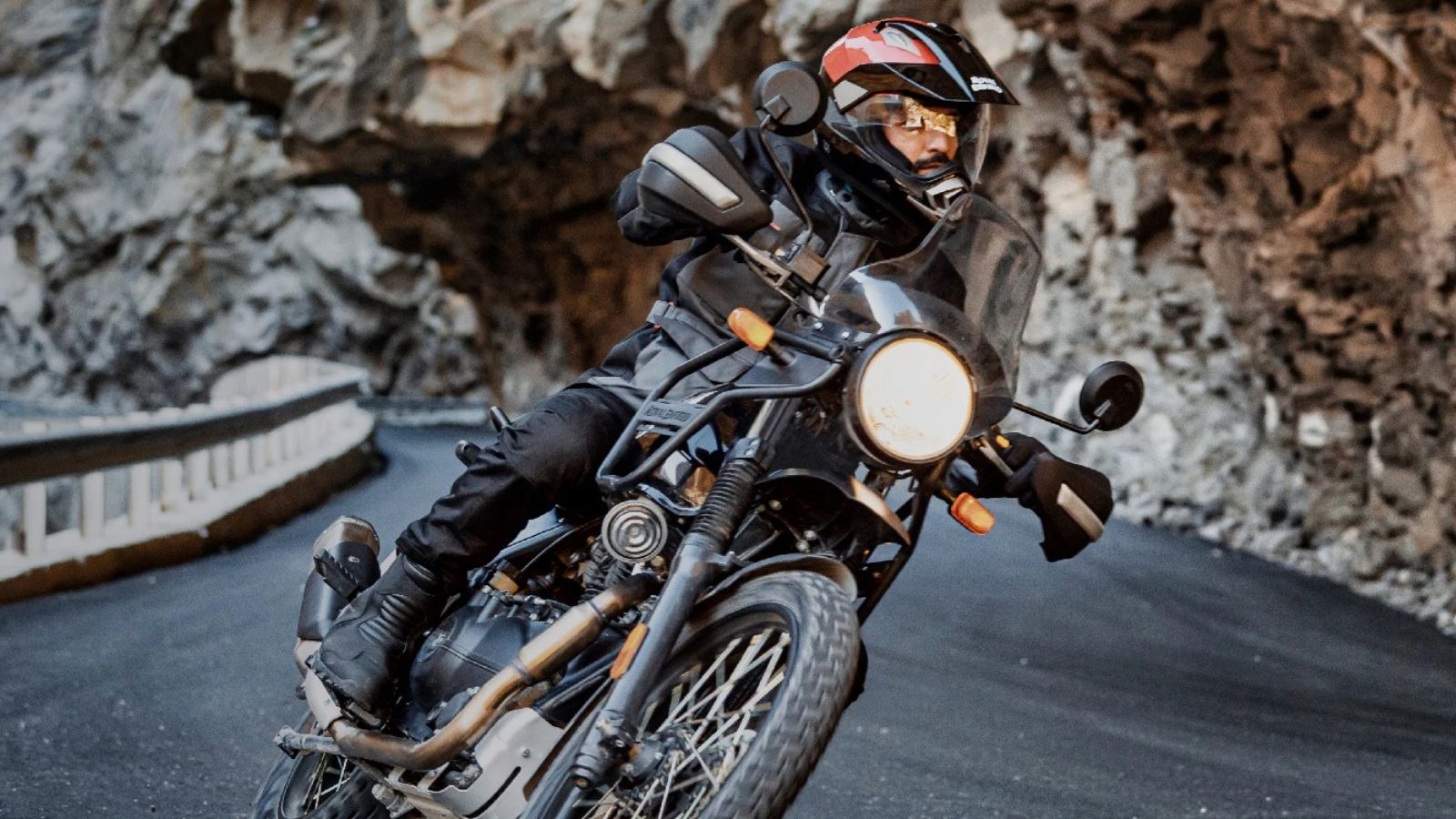‘You get lost in the ocean, and find yourself in the mountains.’
This seemingly simple yet contentious statement has served as the backbone of many arguments between loads of opinionated individuals since time immemorial. While ‘beach bunnies’ swear by the vast feeling invoked by boundless expanses of water, ‘mountain rats’ find every opportunity to burrow themselves deep in the hills, away from the ever-present, prying eyes of urban civilization.
For us bike lovers, the entire premise of this argument becomes moot – you can ride your motorcycle on land, not on water. Owing to this innocuous yet somehow significant detail, the true biker will always choose to ‘run to the hills’, figuratively, rather than lolling around in the sand or being chauffeured on a sea-borne machine, literally. And when it comes to adventure motorcycling amidst the majestic peaks, there is none that dare touch the experience of riding a bike across the great Himalayan range. Today, we bring you a brief guide to get you started (or at least have you motivated to start) on your very own Himalayan sojourn on two-wheels.
Planning Your Route
The Himalayan range stretches across five countries in Asia – Pakistan, India, Nepal, Bhutan, and the Tibet Autonomous Region controlled by China since 1951. While one could fill pages on end describing the natural splendors of these vast regions, we will rather stick to the implications that they have for biking – it is important to plan out your route in advance.
In Pakistan, the Himalayan range runs through three of the country’s provinces, all of which have some extent of military presence at all times owing to long-drawn cross-border conflicts with neighboring India. As such, much of the area is cordoned off to the public, thus making the proposition of biking in these areas a questionable and dangerous one. The same can be said for the Tibet Autonomous Region under China, which, once again, features military presence and off-bounds areas. In fact, just applying for a permit to bike in these areas is a long-drawn, complicated process that ends up in frustration and disappointment more often than not.
This leaves India, Nepal and Bhutan as fertile grounds for gallivanting on your Himalayan motorcycle journey (read: a motorcycle journey in the Himalayas; not to be confused with any journey on the Royal Enfield Himalayan). These countries do not place any demanding restrictions as such, and a quick Google search can bring up the various routes you can take across these lands. Depending on your personal preferences, alongside the areas you want to target, you can chart out your own route after a bit of research on the internet. For the majority, their Himalayan biking odyssey begins in the North-Indian state of Himachal Pradesh.
Getting Prepared
Once you have a route map for your journey, the next step is to prepare yourself physically and mentally. One needs to bear in mind that riding in the highlands is a completely different, and in most cases more dangerous, experience as compared to riding in the flatlands. There are countless twists and hairpin bends to contend with, and tight corners can drastically limit your visibility of oncoming vehicles. Add to this all the other physical and mental demands of riding in the mountains alongside the constant inclines and declines, and you need to prepare yourself well in advance.
Mentally, you should prepare yourself for the ordeal through self-counseling. Study the possible hazards that you might encounter, and take the required extra steps to inoculate yourself against them. Have contingency plans in place for emergency situations – broken down machines, physical damage, weather implications, and other unforeseen circumstances. Don’t be over-confident in your riding skill, but at the same time, do not let fear or apprehension cast a shadow of doubt on your intended plans. Of course, this is easier said than done, but it can be done with the right frame of mind.
On the physical front, things can get a little tricky. Firstly, you need to be in appropriate shape to stay in the saddle for hours on end across harsh terrains and environs. Take this from us – you will have never experienced ‘saddle soreness’ as you will when you are navigating some of the highest mountain passes on our planet (some of the highest motorable roads in the world are located in the Himalayas, including the highest motorable road on Earth - Umling La at an elevation of 19,300 feet or 5,883 meters above sea level). As such, being in good physical shape is almost mandatory.
Secondly, acclimatize yourself to the elevation and rarified air. There have been too many instances of eager enthusiasts hitting the route without any preparation, only to be engulfed by altitude sickness and breathlessness. In fact, the situation is so dire that there are various military-run makeshift infirmaries on Indian Himalayan routes to cater to individuals suffering from altitude sickness. Similarly, on the Nepal side of the Himalayan range, local bike, cab, and even airlift businesses have cropped up for the same reason – rescuing someone who couldn’t handle it. Do not be this ‘someone’. Instead, prepare yourself physically in advance. For those who have not lived or spent much time in areas that are 8,000 feet (2438 meters) or more over sea level, it would make sense to spend at least 48 hours acclimatizing yourself.
On The Road
Preparing your bike for the journey is just as important, if not more, than preparing yourself. Biking in the Himalayas will take a heavy toll on your machine owing to the irregular and demanding terrain coupled with a lack of proper repair services on the road. Don’t expect the usual ‘Roadside Assistance’ from your bike manufacturer in the far-flung areas of the Himalayas – the truth is that there are many stretches along the way where you won’t even have the luxury of mobile connectivity owing to lack of cellphone network coverage. Things are getting better by the day, and with the influx of tourists, local businesses have begun catering to individuals in need of bike repairs. Even so, your best bet is to come prepared for any eventuality. It’s always a good idea to carry a small toolkit on your person – nothing over the top, just a basic set of bike-related tools will do.
Before commencing on your journey, ensure that your machine is ready for what’s to come. Invest in a new set of brake pads as your brakes will take a beating across the mountainous inclines and declines. The last thing you want is brake fade bought about by wear and tear. Next, take notice of your bike’s electricals and ensure that they are in good running order – blinkers, low and high beam, and horn primarily. You don’t want to be caught in the dark on some desolate mountain pass more than 10000 feet above sea level. Similarly, look for signs of wear and tear on your tires, and replace them if they fail to inspire confidence in you.
Lastly, invest in some high-quality riding gear to protect yourself from environmental hazards. A certified helmet, quality riding jacket and pants, and grippy, comfortable riding gloves are an absolute must. Temperatures can drop to freezing levels in some areas of the Himalayas, so it won’t hurt if you bring heated gloves, vests, and socks, although these aren’t mandatory.
So, there you have it. Now that you’ve read our brief beginner’s guide to biking in the Himalayas, why not plan an itinerary soon and take the plunge? Trust us, with the right preparation and enthusiasm, you will have an unforgettable experience that will stay with you for life. They say, “Once you’ve been in the mountains, they call to you for life”. We’d like to add that once you’ve been in the mountains on a bike, the mountains call to you for life, with the additional thump of your bike’s engine reverberating and accentuating this call of the wild!







